MyLatinDelights.com
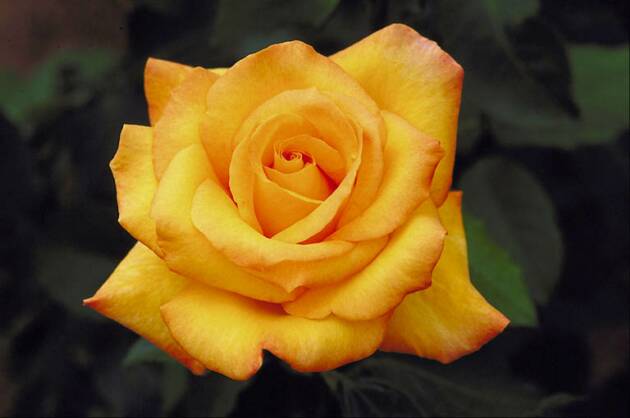

Plantains are said to have come from India and Southern Asia and introduced to the Americas by Portuguese friars.
In the Dominican Republic, plantains are a staple. They are as versatile as potatoes. Like potatoes, plantains can be boiled, fried, baked, saute or dehydrated.
Plantains can be eaten at three different stages: Green, Yellow and Ripen. Green Plantains (hard to the touch) and Yellow Plantains (medium soft to the touch) are perfect for frying and creating different recipes (tostones, chifles, patacones, mangu, mofongo) and for boiling (to create mashed plantains or Mangu). Green Plantains are also added to sancochos and other soups.
Ripen Plantains are very soft and their skin has changed from green to almost black. They are perfect for frying (maduros, tajadas) sauteing and baking.
The following recipes are made with plantains and enjoyed throughout Latin American:
Canoas de Platanos
Is a very popular dish in the Dominican Republic. This dish is made with plantains between yellow and ripen. A pocket is made, lenghtwise within the plantains. They are boiled until cook and then stuffed with "picadillo," bacalao, or any other stewed meat. The canoas are then placed inside the plantain skin and baked for about 20-30 minutes and served as is.
Fufu de platano
Fufu de platano is a traditional and very popular dish in Cuba. It is similar to porridge. Plantains are first boiled and then mashed. Then, seasoned and cooked with chicken stock and sofrito.
Mangú
Is a traditional dish from the Dominican Republic. The traditional mangu is made with boiled green plantains, mashed and kept moist with olive oil, milk, or butter. However, mangu can be made with yellow plantains or acombination of the two. It is traditionally eaten for breakfast topped with saute onions and accompanied by fried eggs, fried cheese salami and/or avocado.
Mofongo
It is said to be native to Puerto Rico, yet very popular in the Dominican Republic. Mofongo is made by mashing fried plantains in a mortar or food processor with olive oil or stock to keep the mofongo moist. The most traditional mofongo is made with garlic and pork crackling. Other varieties include bacon mofongo, chicken monfongo, seafood monfongo, and vegetables mofongo. Once the mofongo is well blended it is then formed into shape. The most popular shape is round (ball). Mofongo is traditionally served with with gravy made from meat stews and salad. (see mofongo recipe)
Pastel de Platanos en Hoja
This dish is very popular in the Dominican Republic and Puerto Rico. It is similar to a Mexican tamale. The difference between the two is that our version is made with plantains and other vegetables instead of corn. However, they are both seasoned and stuffed with meat (pork, chicken, beef, etc). Then, given a cylinder shape. Pasteles are wrapped in plantain leaves and tamales in corn husks. They are both boiled for about 45-1hr and enjoyed with gravy and salad. (see Pasteles recipe)
Pastelon de Platanos
It is the Caribbean lasagna. In this dish, the yellow plantain slices replace the lasagna noodles.
Relleno de Maduros
Are made with sweet or ripen plantains. The plantains are mashed and mixed with eggs and flour. Then, stuffed with raisins, olives, capers, ground meat and spices. This mixture is then shaped into a ball and fried until it is a bit crisp on the outside.
Yo-Yo
Is a Venezuelan dish made of two slices of fried ripened plantain layered with cheese (preferably white). The arrangement is similar to a grilled cheese sandwich.This arrangement is then dipped in and egg wash and fried again until golden.
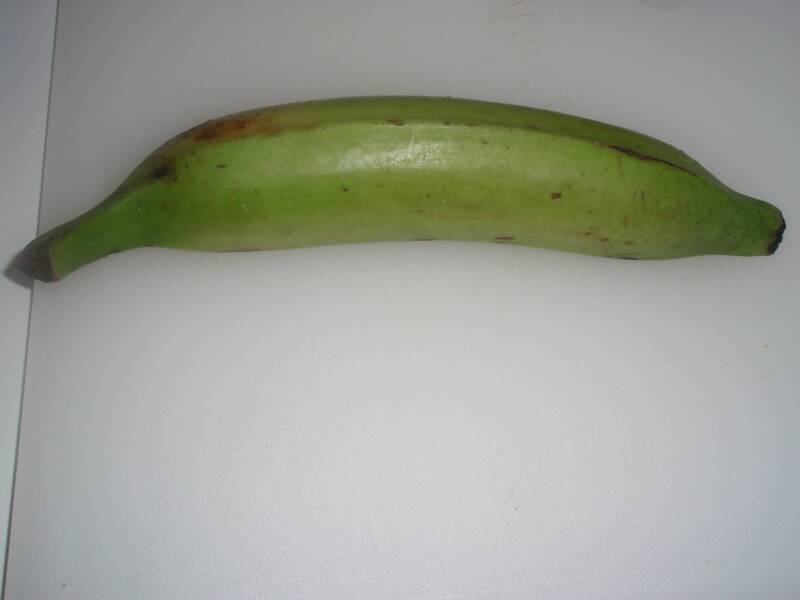
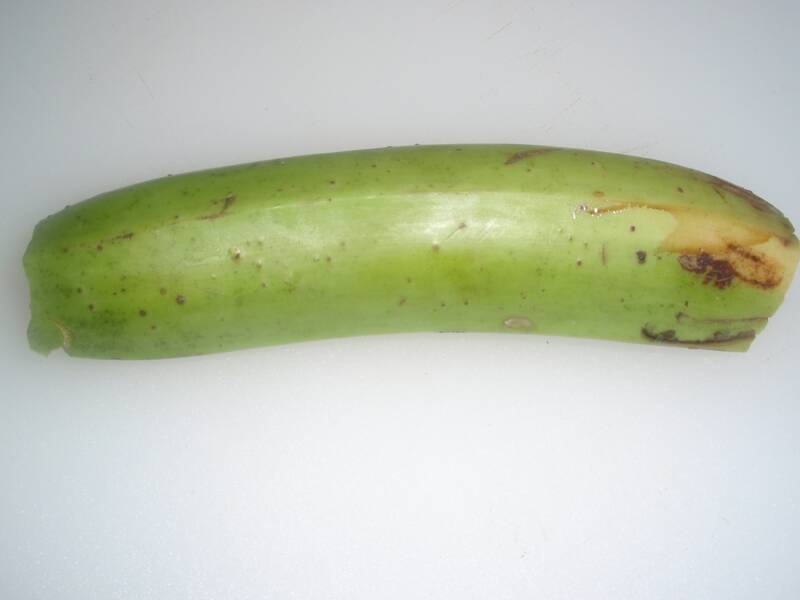
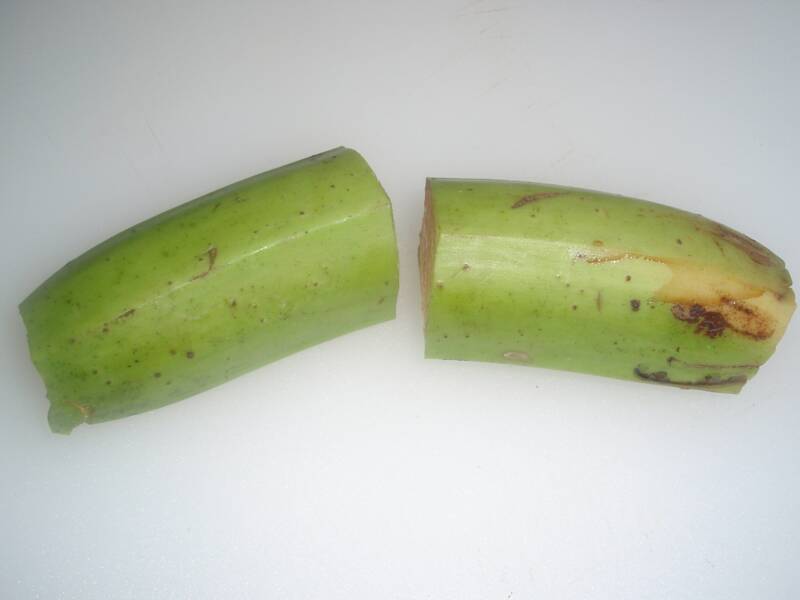
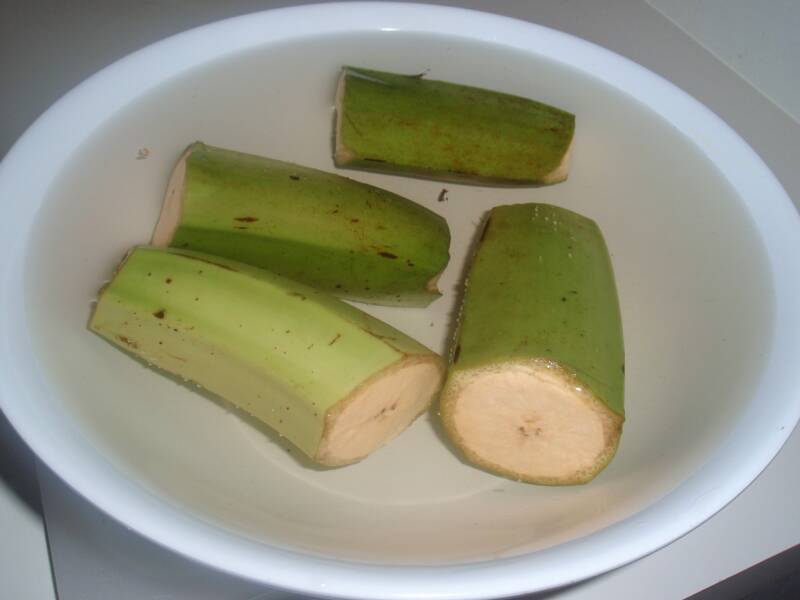
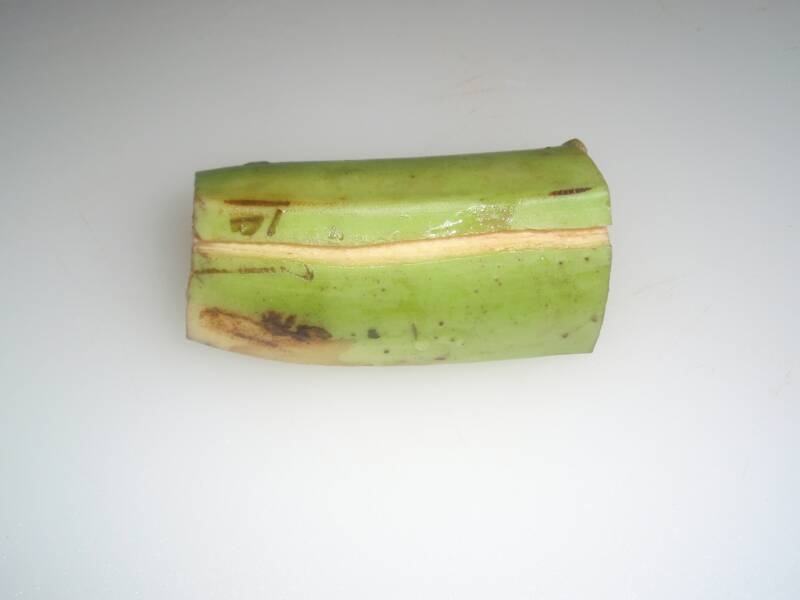
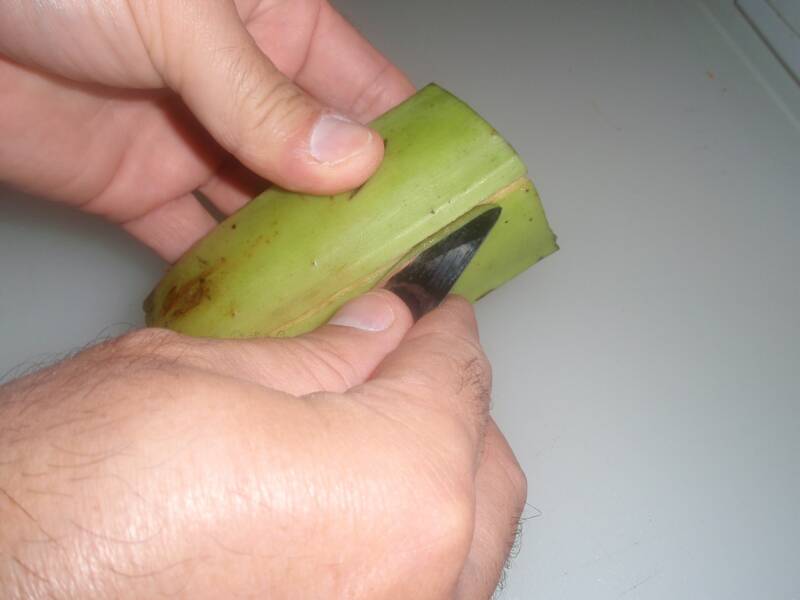
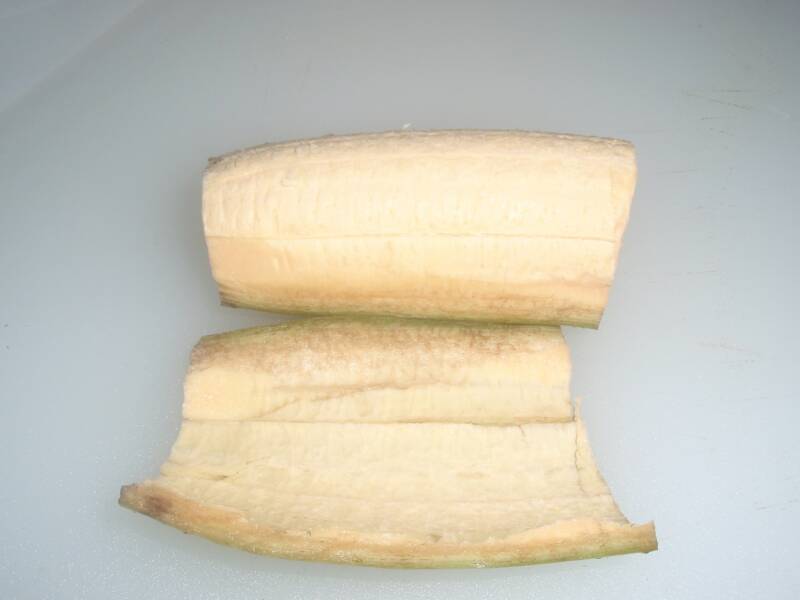
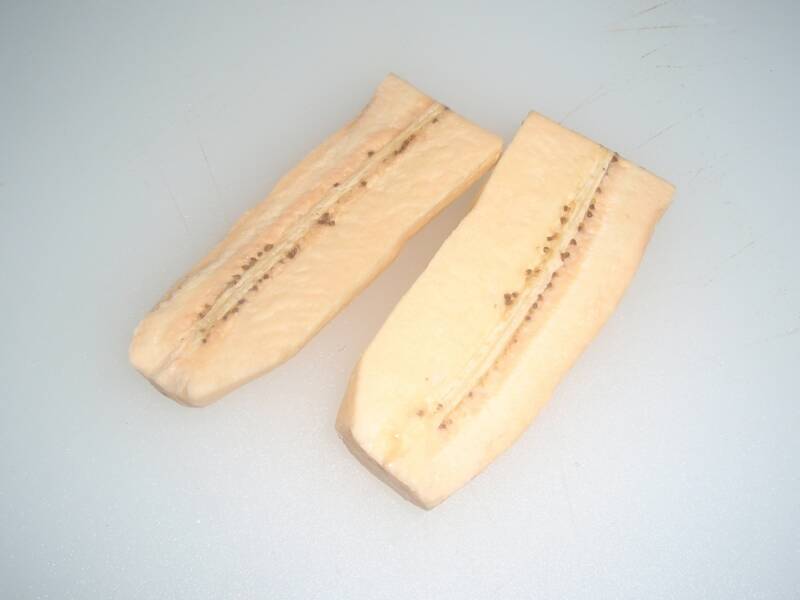
STEP ONE: Select your plantains
STEP TWO: Cut both ends of the plantains
STEP THREE: Cut them in half
STEP FOUR: Place them in a bowl with hot tap water for about 5 minutes, if they have been refrigerated
STEP FIVE: Make a shallow slit on the side with a table knife
STEP SIX: shallow slit
STEP SEVEN: Begin peeling plantains using the table knife as shown. Use knife as a digging tool to detach peel from plantains
STEP EIGHT: Peeled plantain
STEP NINE: Cut in half again
Once these steps are completed you can boil the plantains with enough water and a bit salt.
TIP: If you are making tostones, BYPASS steps three and nine